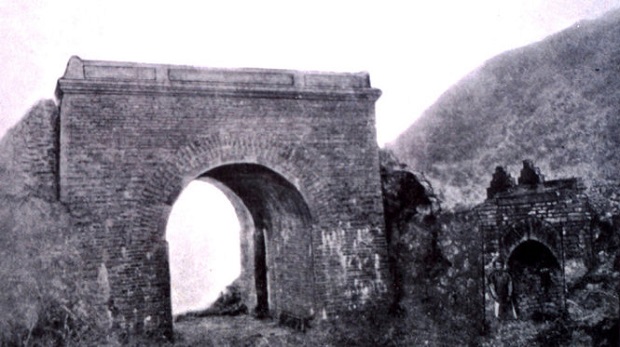'World's most marvelous wonder' Hai Van Gate recognised as national relic
Hai Van Gate which is located at the geographical boundary between Da Nang and Thua Thien-Hue Province, has been recognised as a national relic.
 |
| Hai Van Gate (Photo: Tuoi Tre) |
The inscription was made official last Saturday with a decision from Viet Nam’s Ministry of Culture, Sports and Tourism, according to Phan Thanh Hai, Director of Hue Monuments Conservation Centre.
Hai Van Gate is a relic with profound historical, architectural and artistic values that connects Da Nang’s Lien Chieu District with Thua Thien-Hue Province’s Phu Loc District.
The gate sits at the top of the Hai Van Pass, which runs approximately 21 km traversing a spur of the larger Annamite Range that juts into the East Viet Nam Sea in central Viet Nam.
The relic complex was built in 1826 under the reign of Emperor Minh Mang, who ordered the construction of multiple defensive structures on Hai Van Pass to protect the then-capital of imperial Viet Nam in Hue.
 |
| Hai Van Gate is seen in this file photo from a magazine published in 1921. |
Located 490m above sea level, Hai Van Gate literally means ‘ocean cloud gate,’ referring to the mists that rise from the sea, reducing visibility.
According to available historical records, following the gate’s completion, Emperor Minh Mang inscribed its name in Vietnamese, ‘Hai Van Quan’, onto one side of the gate, and the words ‘Thien ha de nhat hung quan’ (world’s most marvelous wonder) on another.
 |
Nowadays, Hai Van Gate has become a popular attraction amongst local and foreign tourists who visit the central region.
(Source: Tuoitrenews/ DA NANG Today)




